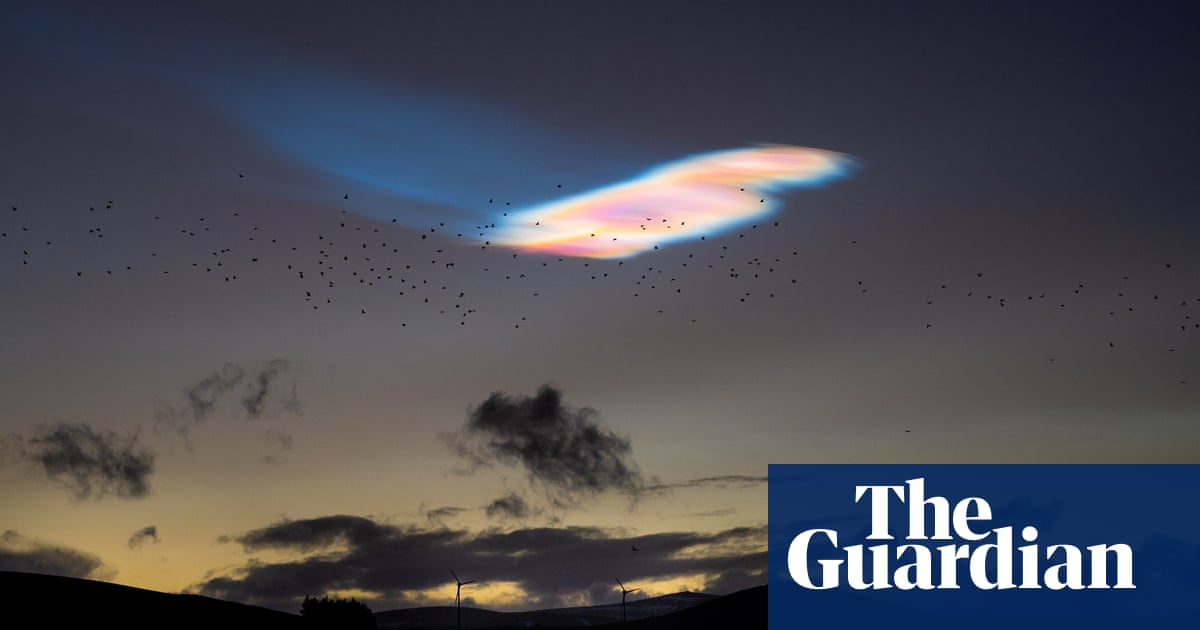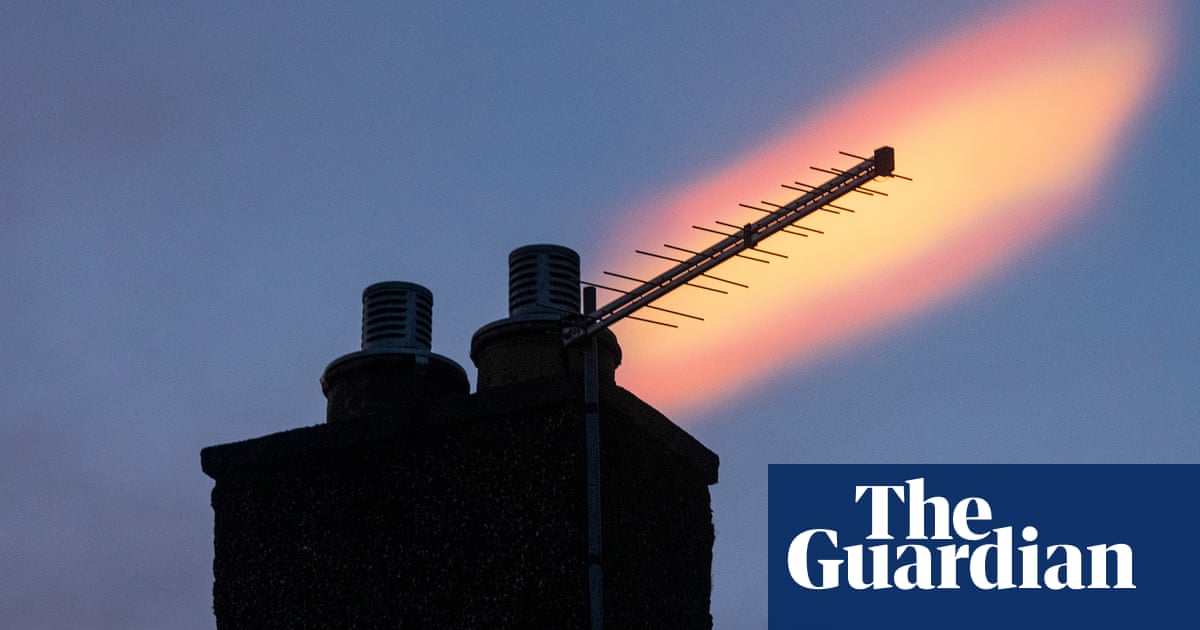
Excited weather watchers have captured stunning images of rare “mother of pearl” clouds, which have formed high up in the atmosphere over Scotland.
Such clouds tend to develop in the extremely cold air above polar regions, but were spotted on Sunday evening and Monday morning by BBC weather watchers in Aberdeenshire, the Highlands and Moray.
Also known as nacreous or polar stratospheric clouds, the formations are some of the most beautiful to be found in the twilight sky. They gain their name from the iridescent pastel colours produced as the sunlight diffracts around the tiny ice crystals inside them.
One BBC weather watcher called the clouds “absolutely fantastic” after photographing the spectacle at sunset. “What a fantastic sight to behold,” they added.
Nearly all clouds form in the troposphere, which ranges from about 30,000 to 50,000 feet above the Earth’s surface. But nacreous clouds form higher up in the stratosphere, at about 68,500 to 100,000 feet. Because the stratosphere is so dry, temperatures have to be extremely cold, below -78C, for moisture to freeze into the ice crystals that form nacreous clouds.
The clouds are a more common sight during Scandinavian and Canadian winters, where the atmosphere can chill to the temperature required, but sightings are rare in the warmer UK and at lower latitudes. Nacreous clouds can appear over the UK when cold polar air spreads southwards because of a shift in the polar vortex, the hurricane-strength winter winds that circulate about 30 miles up in the stratosphere.
Nacreous clouds are most visible during civil twilight, shortly before sunrise and after sunset, when the sun is, at most, six degrees below the horizon. Because the clouds are so high, they are still illuminated by sunlight, and appear with striking, bright colours in the surrounding darker sky.
“In the UK, it’s fairly rare to get to the temperatures overhead to form the ice crystals these clouds are made up of,” said Tom Tobler, a meteorologist at MetDesk, a weather forecast provider. “At the moment the polar vortex, which is usually more towards the pole, is a bit displaced towards the UK, so there is that cold air up in the stratosphere that’s allowing these clouds to form.
“Having these clouds form at right time and in the right place, with no other clouds to impede the view of them, is what makes them so rare across the UK.”











